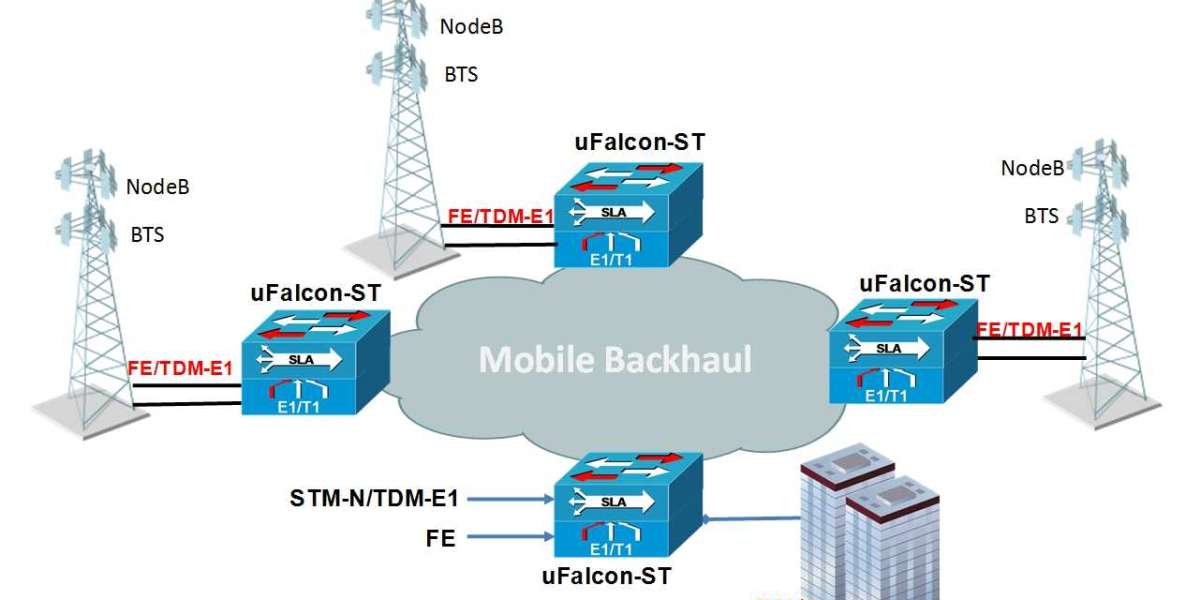In today's rapidly evolving manufacturing landscape, the integration of climate-adaptive features is reshaping the industry in profound ways. These innovative technologies are not only enhancing sustainability practices but also revolutionizing traditional manufacturing processes. Let's delve deeper into how climate-adaptive features are driving this transformation.

The Evolution of Manufacturing
Manufacturing has traditionally been associated with high energy consumption, resource depletion, and environmental degradation. However, with the advent of climate-adaptive features, the industry is undergoing a significant shift towards more sustainable and eco-friendly practices. These features encompass a wide range of technologies and strategies designed to mitigate the impact of manufacturing processes on the environment.
Enhancing Energy Efficiency
One of the key ways in which climate-adaptive features are revolutionizing the manufacturing industry is by enhancing energy efficiency. By incorporating smart sensors, advanced monitoring systems, and energy-efficient machinery, manufacturers can optimize their energy usage and reduce overall consumption. This not only leads to cost savings but also helps in reducing carbon emissions and environmental footprint.
Adapting to Changing Climates
Another crucial aspect of climate-adaptive features is their ability to help manufacturers adapt to changing climates. With the increasing frequency of extreme weather events and climate disruptions, it has become imperative for manufacturing facilities to be resilient and adaptable. By implementing features such as flood-resistant infrastructure, renewable energy sources, and water recycling systems, manufacturers can better cope with the challenges posed by a changing climate.
Improving Supply Chain Resilience
Climate-adaptive features are not limited to the internal operations of manufacturing facilities; they also extend to the broader supply chain. By integrating climate-resilient practices into their supply chain management, manufacturers can ensure continuity of operations even in the face of climate-related disruptions. This includes diversifying sourcing locations, implementing risk assessment protocols, and fostering collaboration with suppliers to build a more resilient supply network.
Embracing Innovation and Collaboration
One of the most significant impacts of climate-adaptive features on the manufacturing industry is the promotion of innovation and collaboration. Manufacturers are increasingly recognizing the importance of working together with stakeholders, including government agencies, research institutions, and other industries, to develop and implement climate-resilient solutions. This collaborative approach not only fosters knowledge sharing and best practices but also drives the development of cutting-edge technologies that benefit the industry as a whole.
As we navigate the challenges of a rapidly changing climate, the role of climate-adaptive features in revolutionizing the manufacturing industry cannot be overstated. By embracing sustainability, energy efficiency, resilience, and collaboration, manufacturers can not only reduce their environmental impact but also drive long-term growth and competitiveness. The future of manufacturing lies in the integration of these innovative features, paving the way for a more sustainable and resilient industry.








